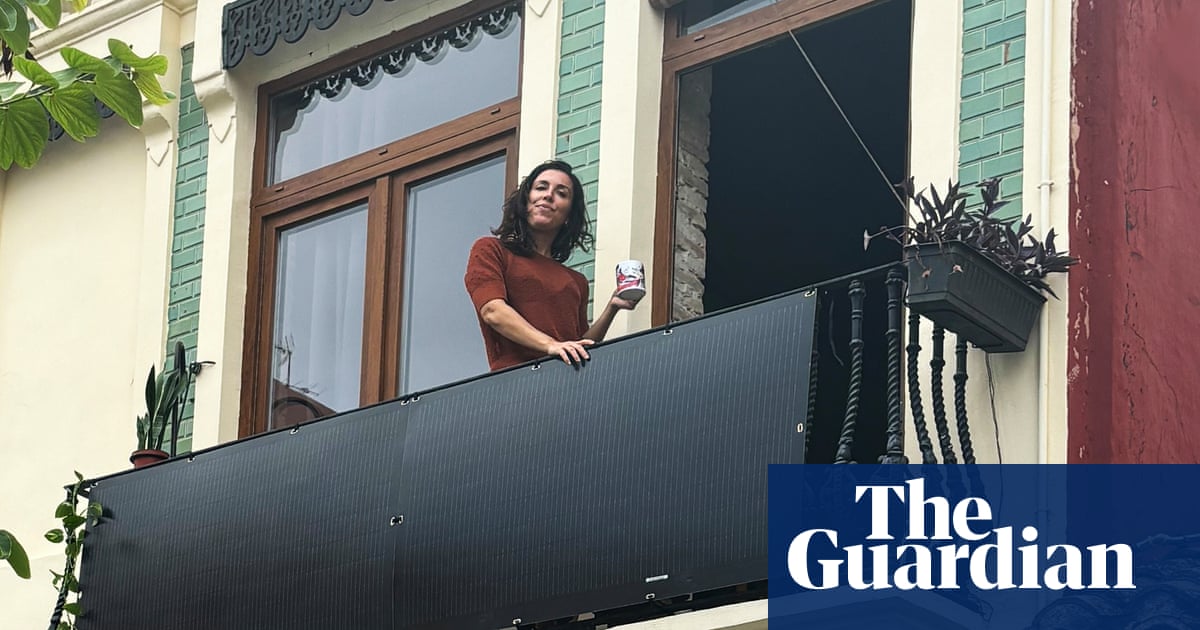It has been insanely successful in Germany. Around this time last year the total number of these private mini setups reached 500.000. They are typically 800W peak power (because thats the legal limit for an unregistered installation) so that gives you 400MW of total installed capacity. Pretty dope imo.
Unregistered how? Do you need permission for more?
Unregistered as in you but the solar panel and inverter and just plug it into a regular wall outlet with a normal plug to back feed the house.
Before anyone suggests it’s a suicide cable, the inverter have grid sending and won’t back feed power without the grid electricity being sensed.
How would that work in the UK with the ring circuit? Won’t we just blow out everything else connected to that circuit.
It already works in the UK, it just winds back your meter, atleast pre smart meter.
No. the devices on the circuit only pull as much electricity as they need, any unused back feed returns to the main panel/fusebox to be distributed to any other circuits currently using electricity. If there’s still any unused, it goes to the grid to be used.
Yes, its kinda complicated and there are lots of reasons. The solar advocacy groups fought a lot to make it so that you dont even have to ask/notify your landlord or energy provider for these <800W installations
- Feeding in a lot of power (and especially quickly switching it on and off) can create grid instability (because the electricity grid is stupid and designed for large centralized powerplants)
- At some point (really big commercial installations) you are even required to install a remote disconnect system that the provider can use to turn off your installation if the grid is overloaded
- You dont get the same amount of money for selling energy then buying it, which means with high power installations the provider loses money if they dont install a smart meter (meter that keeps track of how much flows out and into the grid)
- With <800W installations the provider can still install a smart meter if they want, but you dont have to notify them of your installation
I hope i didnt mix something up here. Obviously read about your local laws if you install anything.
That’s neat. Someone told me about inverters you could just plug into a wall socket and have it feed appliances in the house here in Spain, but I just thought they were crazy.
In Germany, can you use the solar panels to directly feed the grow-lamps for a couple of healthy cannabis plants? Is that also permitted?
As long as you dont connect it to the grid (island mode) you can do whatever the fuck u want and go way beyond 800W. You can buy a full kit of these 800W setups (panels, cables, inverter) for like 2-300€ sometimes. The one i got says that its island capable, but its not really optimal for grow lamp use, because for that you need battery storage and the cheap ones arent capable of that. Idk how much power these lamps use, but there are relatively cheap 12V solar charger + inverter systems that use car batteries for storage.
Options for renters are sorely needed.




